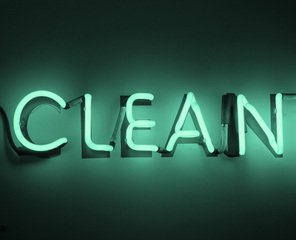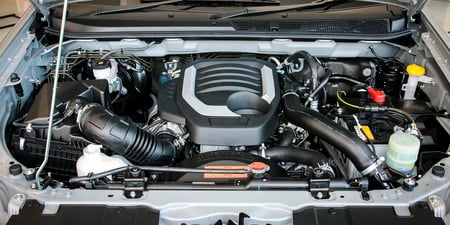
When designing a part and its production process, machines and tools are selected that are capable of producing a certain quantity of parts. Budgets are made based on production hours, maintenance, reasonable stoppage times and income is estimated with all of it. As time goes by, we find that these budgets are not met and often it's because the machine does not perform with the speed the calculations were predicting.
The following recommendations may help get back on track. They only involve maintaining order and cleanliness.
1. Keeping Production Areas Clean
Pellets spilled everywhere, stains on machines, dust, oil and spilled water complicate defect detection. In many cases, these are outright hazardous conditions. Disordered and unidentified water or power lines cause delayed diagnoses and the passage of time generates more failures. You must stay on top of these conditions. Sloppiness adds up and actually impacts quality.
2. Cabinets with Tools and Inputs
One productivity issue deals with tool organization. Often times, the report shows that maintenance took hours just because personnel couldn't find tools or spare parts. If each thing is in its place and each place corresponds to one job, work is done faster. It is also easier to notice when tools start to show wear or it is time for necessary maintenance. We must accept that prevention is better than reaction. We must be able to observe the changes and notice when it is time to act. Additionally, we must have a plan for when the time comes.
3. Barrels, Screws and Other General Parts of Your Machine
These must be clean inside and out. Keeping machines like new allows the equipment to perform at its best and have control over the process.
4. Molds and Dies
During production, the appropriate cleaning must be made to maintain the quality of the product and avoid the accumulation of contaminants. Once the production is finished, we recommend to clean the cavities’ molds on the outside and the casts. It is important to do this before the tool enters the warehouse where it will rest. How many times has the production schedule had urgent changes and found the tool wasn't ready?
5. Auxiliary Equipment
Remember that auxiliary equipment that control temperature, such as heating elements or chillers, must be kept perfectly clean. The cooling time of plastic is decisive for achieving good part quality and maintaining low production cycles.
There are technologies such as purging compounds, cleaners, descalers, protectors and organizers in the market that can help make the job easier, cleaner and more orderly.
Ready to reduce your production downtime to protect your profits? Learn more about how purging compounds and process efficiency work in tandem.







Comments